By Smita Mukerji
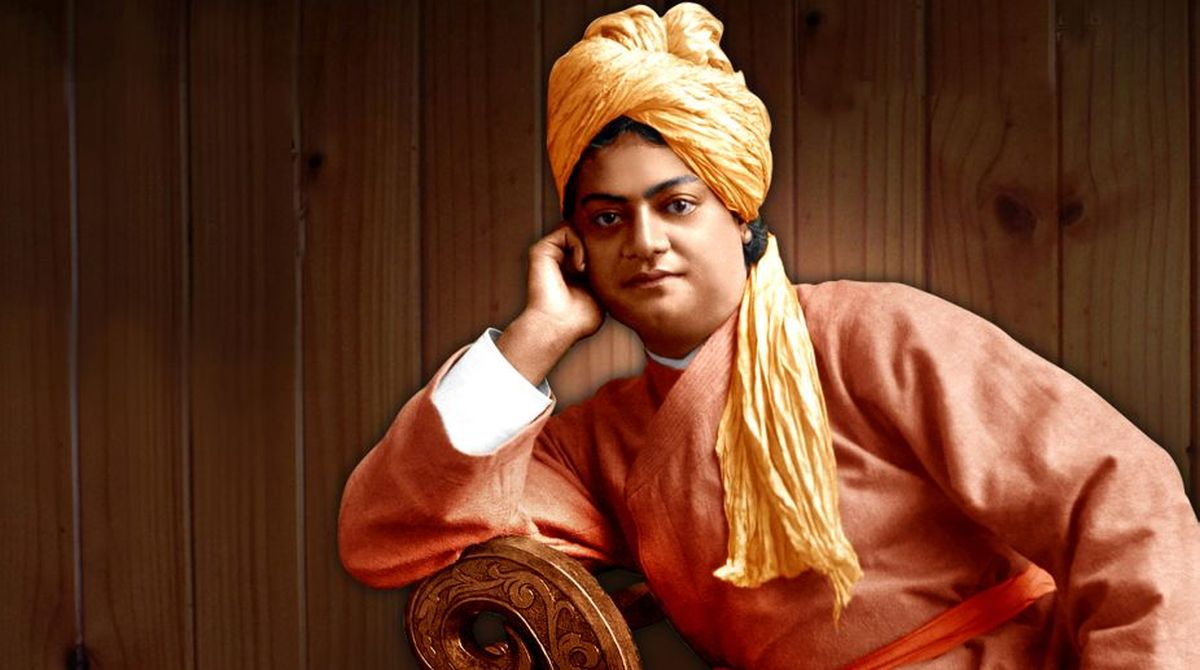
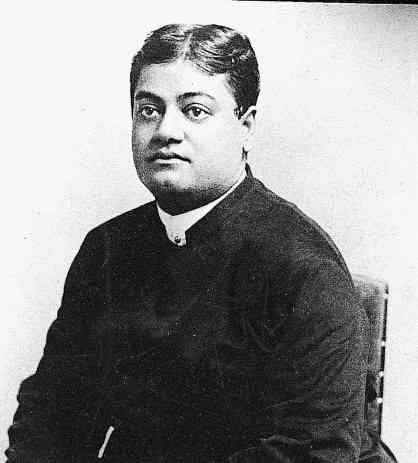
Most would know, Swami Vivekananda was born as Narendranath Datta to Vishwanatha Datta and Bhuvaneshwari Devi. But there are some facets of the pre-monastic life and family of Swami Vivekananda entirely unknown to most people. Much of the sources relating to this are in the Bengali language and therefore reproduced here for the English readers.
‘Naren’, as Swami Vivekananda was called, was the fifth among ten children born to his parents, three of whom had died in early childhood.
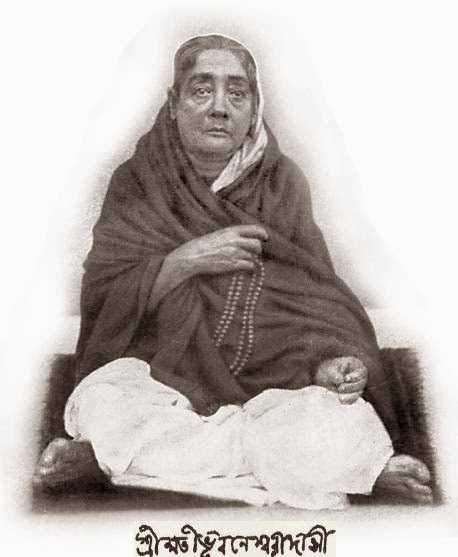
The Dattas’ firstborn was a son. But he died at a tender age of eight months. A daughter was born after that who also died at 2-1/2 years of age. Another daughter born thereafter (1858) was named ‘Hiramoni’, and after her another daughter ‘Swarnamayi’ (1860). Following this child was born a boy, after much yearning, penances and prayers to Kashi Vishwanatha Mahadeva, and was named ‘Narendranath’ (1863), who went on to become one of the tallest personalities of the world, Swami Vivekananda.
There was another daughter born after Naren who also did not survive beyond her sixth year. Two other daughters were born after this, named ‘Kiranbala’ (1865) and ‘Jogendrabala’ (1867). After them was born a boy who was named ‘Mahendranath’ (1869), and the youngest of all siblings, a boy named ‘Bhupendranath’ (1880), from whose account definite information about the siblings may be elicited.
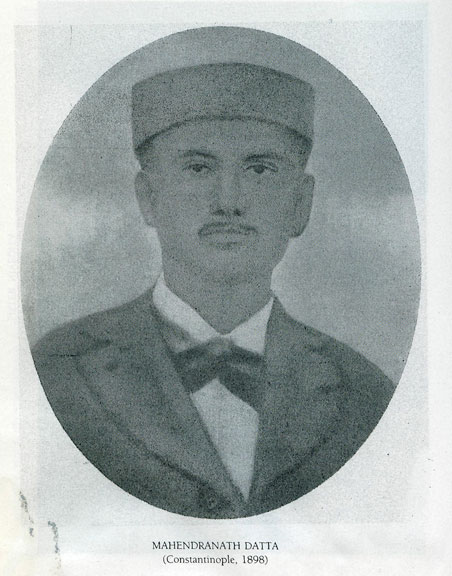
The brothers of Swami Vivekananda made their mark each in their own way and the facts of their lives are well-known. Bhupendranath was a prominent revolutionary associated with ‘Jugantar’, a writer and an anthropologist by profession. Mahendranath was a scholar of many subjects and a philanthropist, and he remained attached with the charitable works of Ramakrishna Mission in several ways.
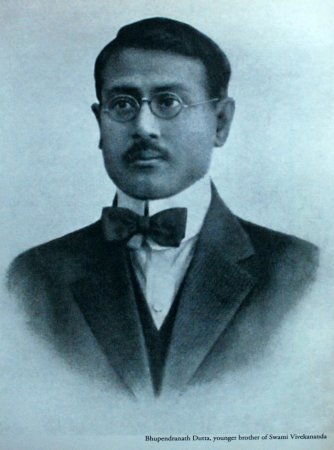
But the life of Swami Vivekananda’s sisters was largely obscure for the longest time and put together after painstaking research by dedicated biographers and devotees.
One of the loose pieces of information handed around on the internet which one comes across is that ‘one of Swami Vivekananda’s sister had committed sati causing him great anguish.’ But this is entirely baseless. Swami Vivekananda was deeply affected by the early deaths of three of his sisters, but the facts and circumstances of their demise are quite different.
A rather poignant fact about Swami Vivekananda’s purvashrama is that two of his sisters had actually committed suicide.
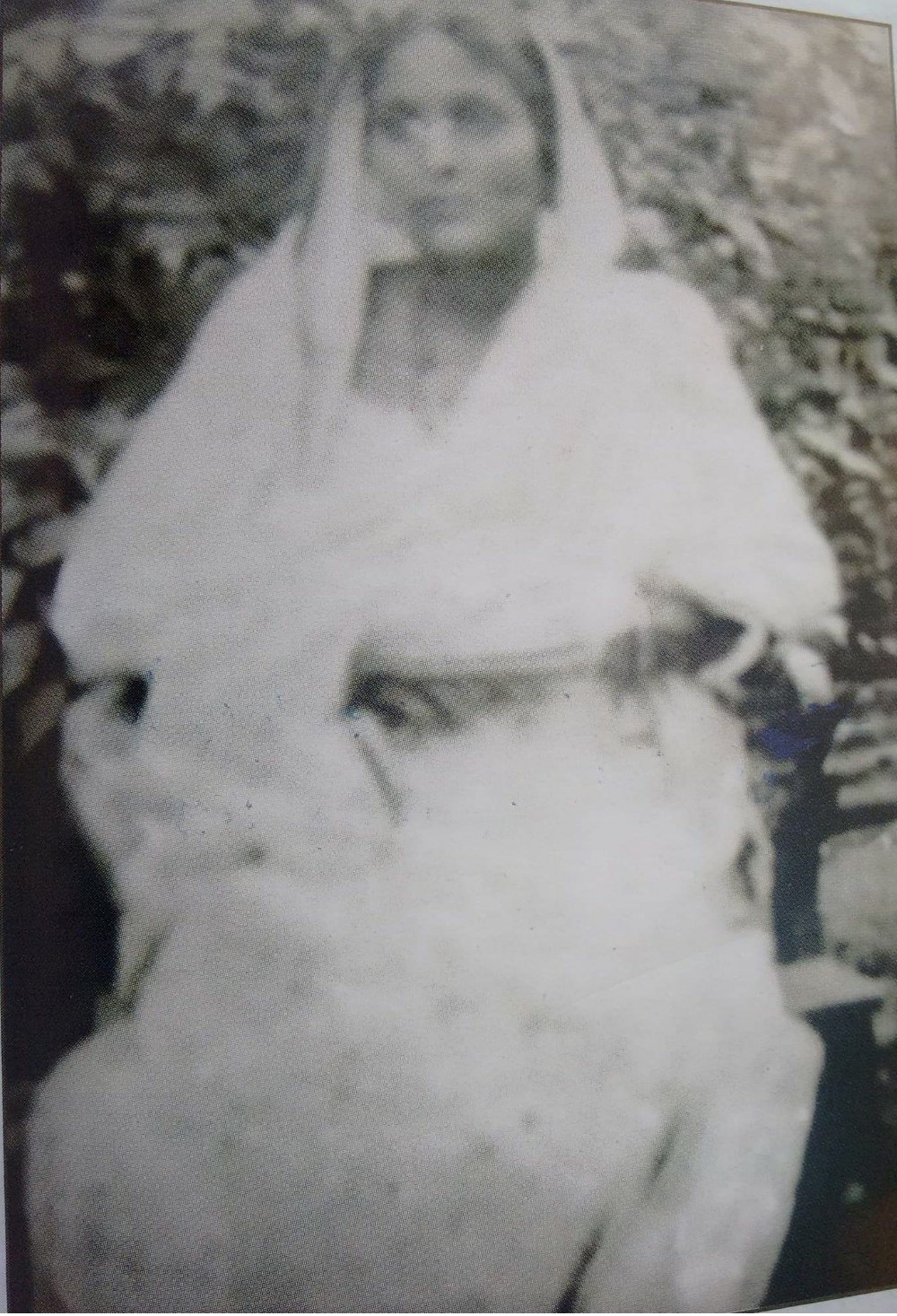
One of the sisters, Haramani[1], the eldest of all surviving children, educated in Bethune Collegiate School, committed suicide at her in-laws’ place, the circumstances of which are shrouded in mystery. But her husband was very much alive at that time. According to her in-law’s family, a couple of years after the birth of her daughter, one day in an intemperate fit she had consumed some poisonous seeds, thus ending her life. But residents of the village they lived in (Khariop, near Howrah) claimed that she had in fact been strangulated by her in-laws, the zamindars of that village, and buried in the garden of the entertainment house in their premises. Her in-laws and husband are said to have turned away from her because of her firstborn being a daughter and stigmatised her as inauspicious. Her husband, Makhangopal Basu, an officer in a mercantile company, used to be absent from home for long periods travelling for business. Dissatisfied with his present marriage he was soon seeking to marry a second time[2]. When this reached Haramani’s ears she protested stridently. The relationship deteriorated rapidly, and greatly disturbed one day she is said to have taken the extreme step (1880). Their daughter (Shivakali) was 5 years old that time and Swami Vivekananda brought her back with him when he returned from Khariop where he had rushed at the news of his sister’s death. This child grew up at her maternal family’s home. Makhangopal remarried just a couple of months thereafter but, as fate would have it, remained childless from the second marriage. (The family descendants later in 1995 donated their landed properties to the Ramakrishna Mission.) Haramani’s death could have been a case of suicide or murder, but it was definitely not ‘sati’.
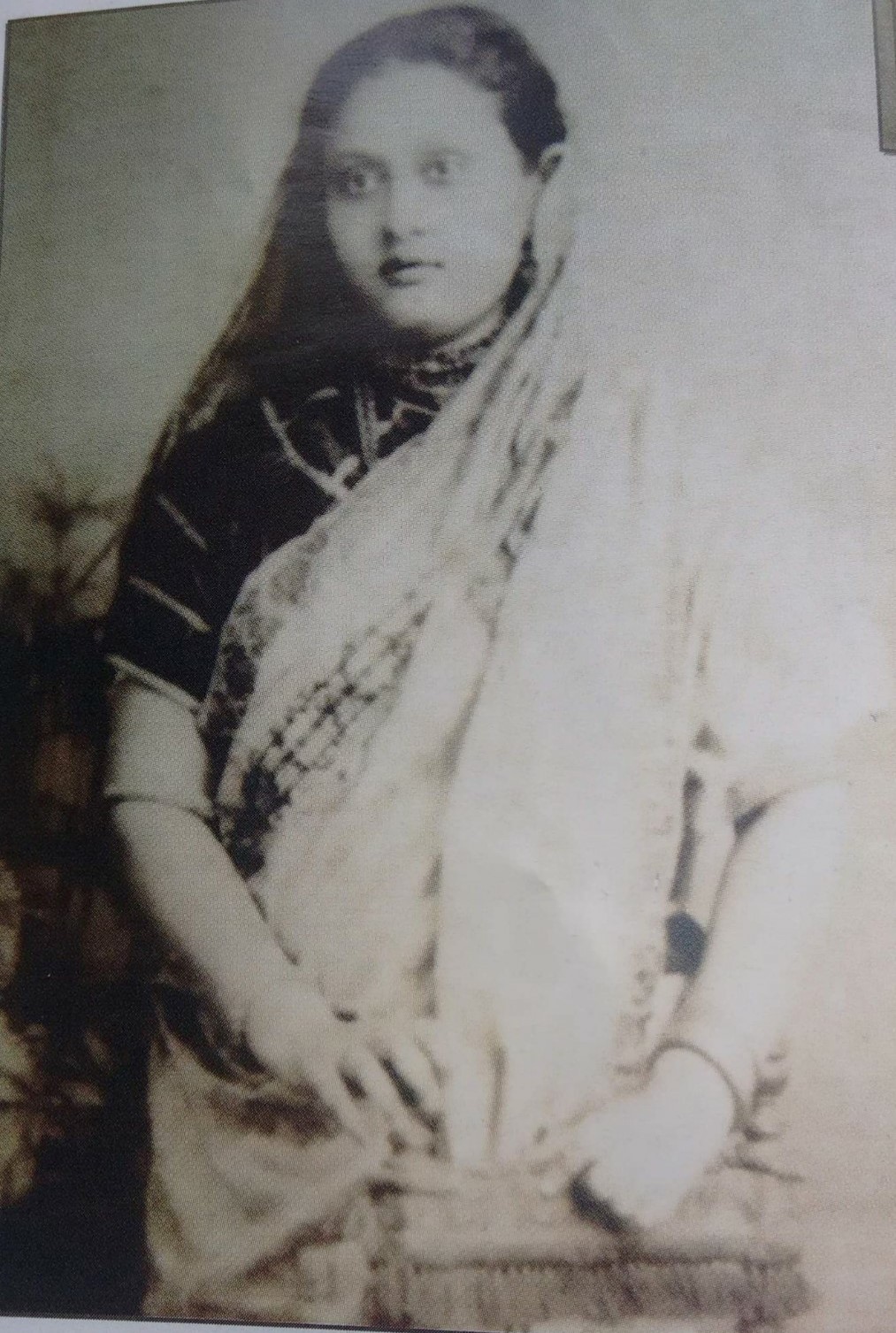
Another sister, Jogendrabala, the youngest of the sisters, also educated at Bethune, was married to Ramchandra Mitra, an officer serving at a high post in the Home department. He was transferred frequently all over India and they were living in Shimla when she committed suicide. The reason appears to have been marital discord on account of different values. She was a greatly self-willed woman and initially she attended the official functions and parties with representatives of the British government alongside her husband, which she was required to as per protocol. But soon she started shirking these gatherings. A deeply religious lady, she could not reconcile herself to the lifestyle, and the consumption of alcohol in these parties she found particularly reprehensible. Ramchandra used to be at pains to explain the absence of his wife. His attempts to coax her led to friction between the couple and once, enraged beyond reason, she went into the kitchen of their government residence and hung herself from the ceiling with a noose made from pieces of cloth (1890). She left behind two young daughters, Chandramukhi (seven years) and the other, Padmamukhi (barely four). The father decided to keep the children with himself and the girls were raised lovingly by their stepmother, who he married a little after Jogendrabala’s death.
The son-in-law however made it a point to stay in touch with his first wife’s family and would visit them now-and-then with the entire family, including Jogendrabala’s two girls and the children from his second wife, Amodini Devi. She would accompany her husband in these visits and Bhuvaneshwari Devi looked upon her as her own daughter and equally loved her children as she did her own grandchildren. They retained close ties in spite of the son-in-law’s second marriage and had great mutual affection.
Vishwanath Datta (1835-84), a well-to-do lawyer in Calcutta High Court, had seen to the marriage of all his daughters before passing away, but unfortunately also experienced the pain of seeing the untimely death of two of them in his lifetime.
Swami Vivekananda described these deaths in his family in a wistfully humorous manner. He remarked wryly once to his gurubhai, Swami Jogen Maharaj: “Do you know why we guys [his family] are so brainy and talented? We are a suicide-prone family. Several people have committed suicide in our family. We all carry a crazy streak. We don’t go by calculation and consequences. We just do what comes in mind. If it hits, it’s it, if not, then that!”
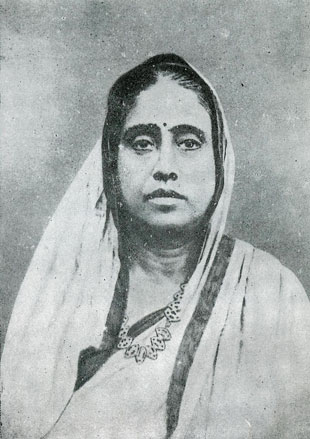
His sister born immediately before him, Swarnamayi, lived a relatively longer and peaceful life. She was also educated at Bethune and married Harimohan Ghosh, a Calcutta businessman. They had nine children (girls: Rajlakshmi, Saraswati, Jadumani and Vasumati, and boys: Brajamohan, Nilmani, Surendranath, Gopalkrishna and Kanailal). She died at 72 years after prolonged illness (1932). A deeply religious and charitable lady, the facts about this sister’s life are much better known on account of her and her family’s involvement in serving the Ramakrishna Mission.
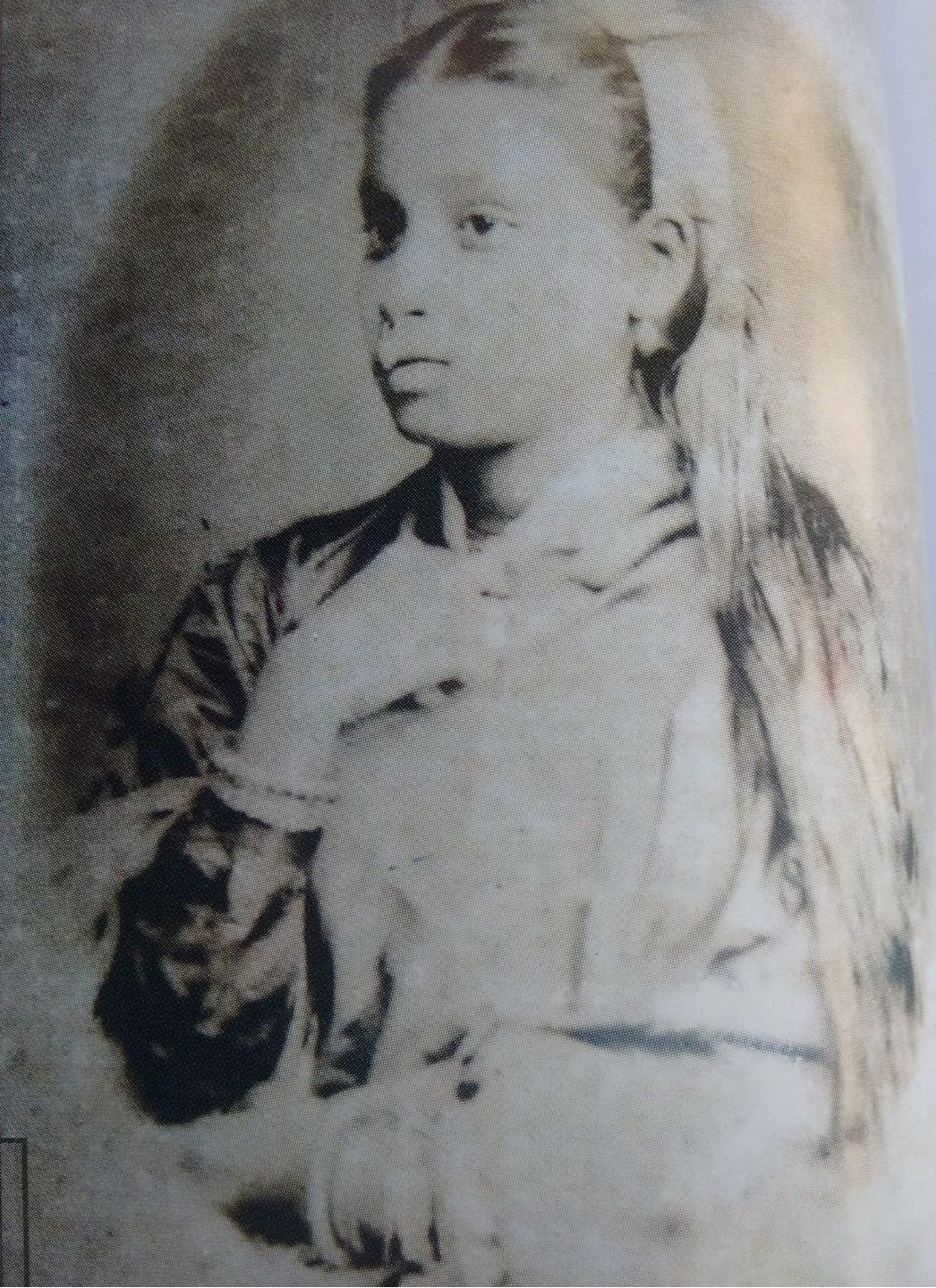
The third among swami Vivekananda’s four surviving sisters, Kiranbala, was educated at Aambagan Mission School, and married Gopalchandra Basu, a schoolteacher. She died (1883) giving birth to their first and only child (Jatindranath), in the delivery room itself, at the age of 18 years. Before the birth of this child, she had long endured the sorrow and stigma of having been childless. She used to be shunned by society, left out from auspicious functions and endured many cruel taunts of the world. She started remaining ill for extended periods. Before the birth of their son, Gopal Basu had adopted an orphaned baby girl (Annapurna) in 1880, to comfort the aching heart of his wife.
Tending the one-year old girl worked as a balm for Kiranbala and she recovered her health considerably, only to be tragically claimed by death barely three years later.
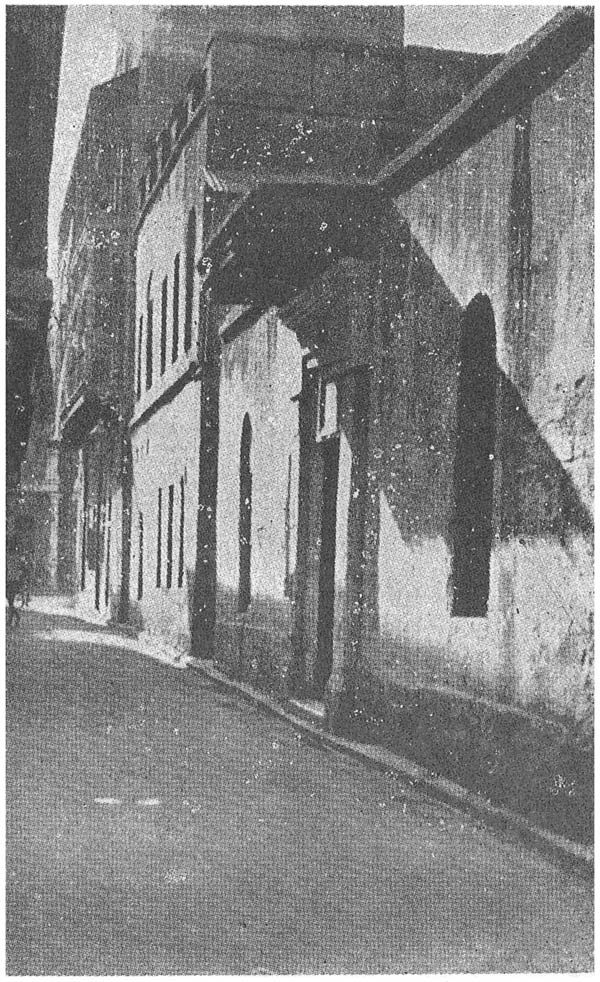
Through his sisters’ lives, Swami Vivekananda, was sensitized to the experience of Indian women. He witnessed closely their pain and suffering and it evoked in him a deep regard for Indian womanhood. “There is no hope for that family or country where there is no estimation of women, where they live in sadness. For this reason, they have to be raised first”, he said. The matter of their spiritual upliftment and empowerment through education featured prominently in many of his talks and formed one of the central concerns in his works: “Educate your women first and leave them to themselves; then they will tell you what reforms are necessary for them. In matters concerning them, who are you?” His thought was that only by enabling women to take charge of their own destinies can their lot be improved: “Women will work out their own destinies—much better, too, than men can ever do for them. All the mischief to women has come because men undertook to shape the destiny of women.”
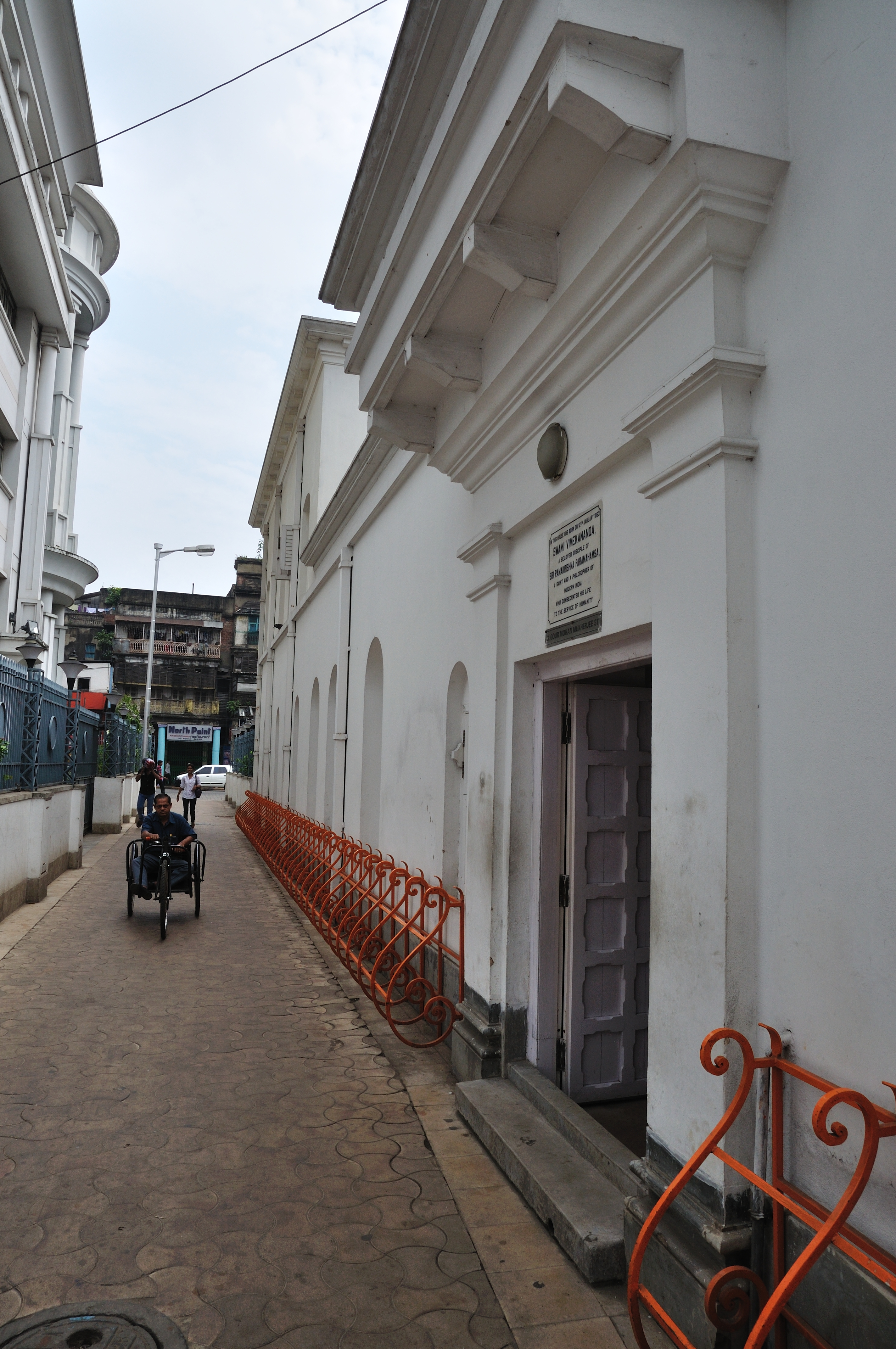
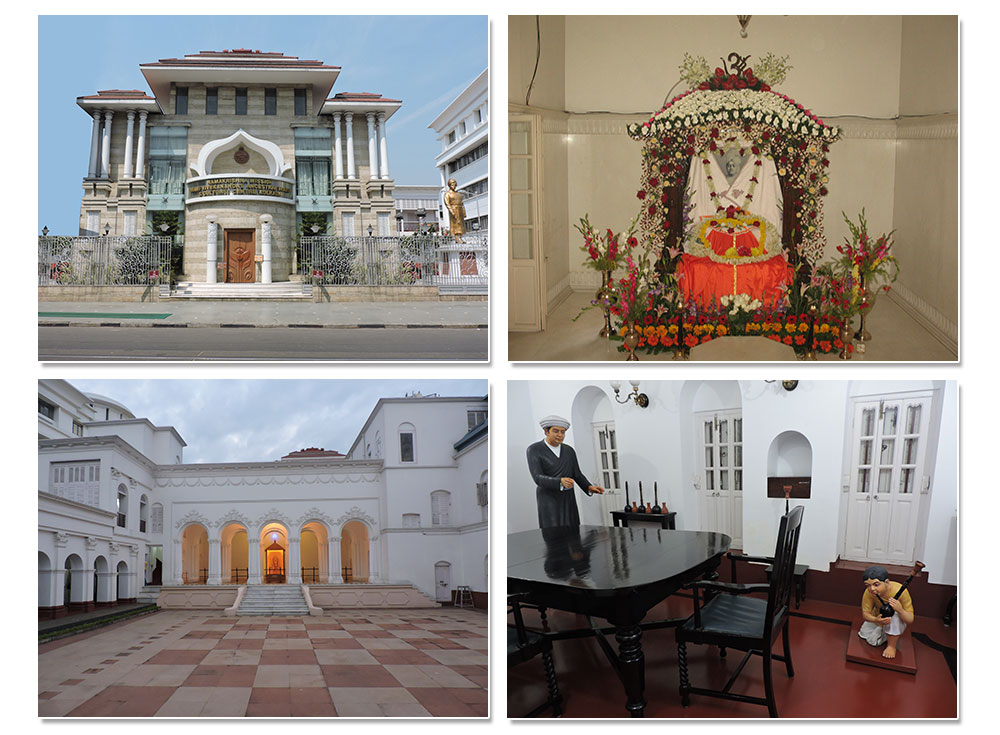
(Facts as narrated in Taditkumar Bandyopadhyay’s Vivekanander Bhaginivrinda, in ‘Nibodhan’, Sr. No. 3, September-October 2017)
[1] Bhupendranath Datta (Dr) in his book Swami Vivekanander Balya Jivani (Bengali) mentions the name of his eldest sister differently as ‘Haramani’, instead of Hiramoni as in another work of his titled Swami Vivekananda (Bengali). Swami Gambhirananda too in his book Yuganayak Vivekananda (Bengali) mentions her name as ‘Haramohini’, another name for Parvati, and also ‘Haramani’. Therefore this may be assumed to be the correct name.
[2] On one of his business trips, while staying at his in-laws’ place in Shimla, he was enamoured by the daughter (Harasundari) of Vishwanath Dutta’s cousin, Taraknatha, and sent a proposal to the family for the girl’s hand. The proposal was not immediately accepted, but Taraknatha and his wife Gyanadasundari are said to have been pleased by the offer. Gyanadasundari was the lady who, after the death of her husband, filed a litigation disputing the claim of Vishwanath Dutta’s heirs ousting them from the ancestral property. Just a couple of months after Haramani’s passing away, Makhangopal married Harasundari.

Very impressed by the research, awesome article
Regards
Alok
Thank you very much.
Regards
Hritambhara
Excellent Article
Thanking you for this information
Thank you so much, this is very much valuable information for every people who love swamy Vivekananda.